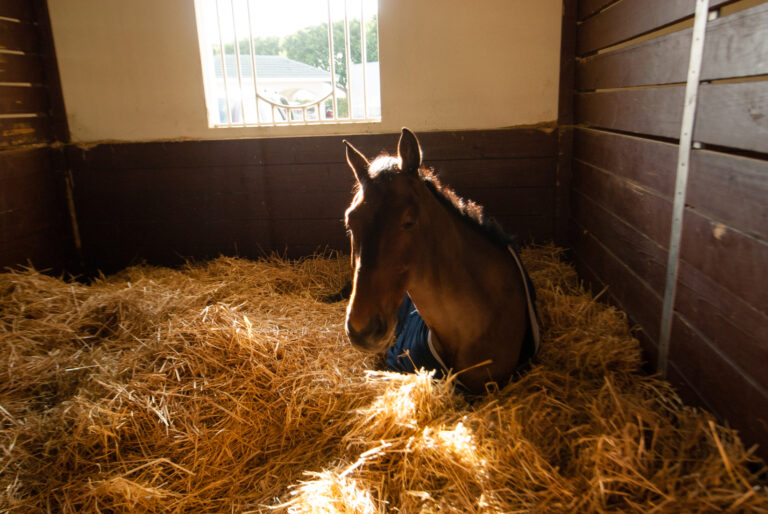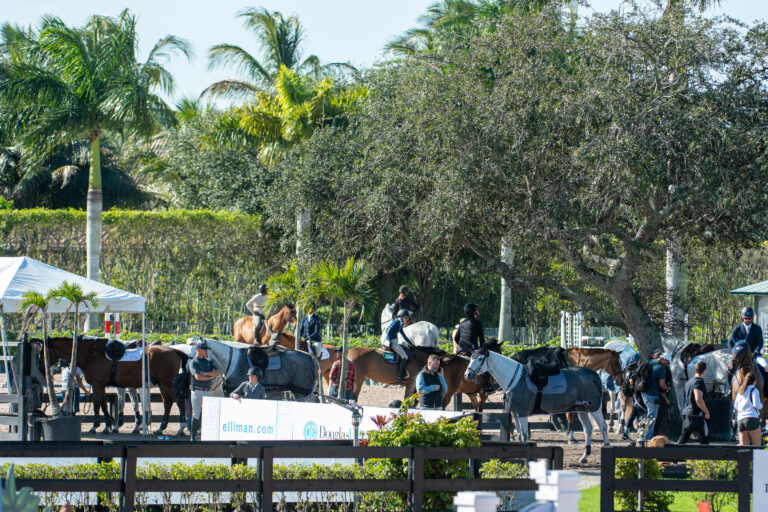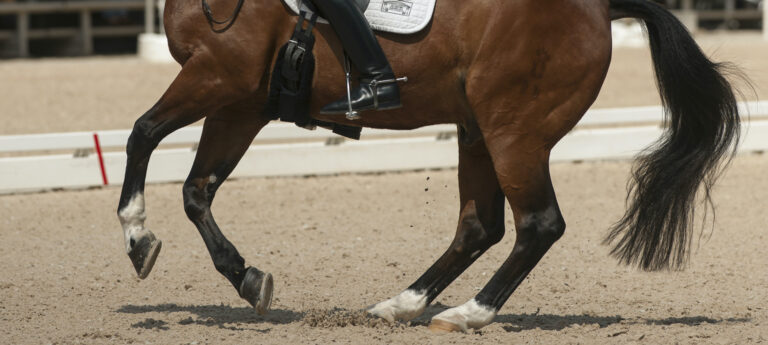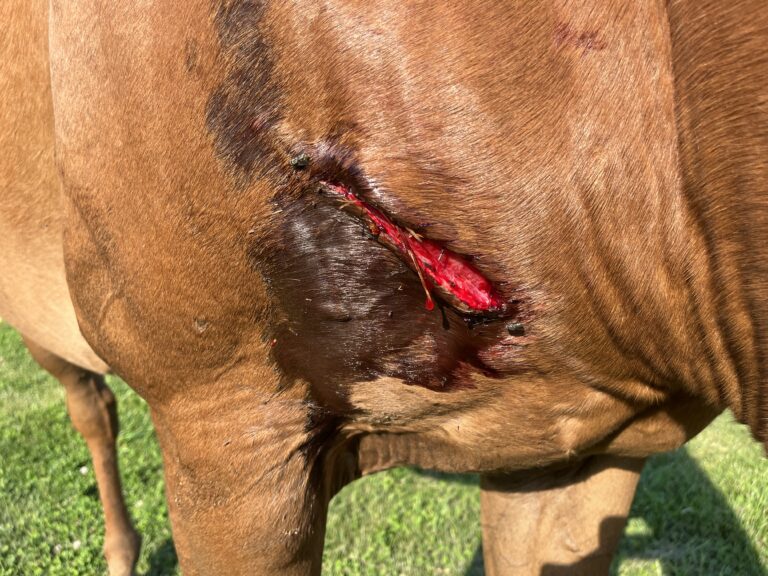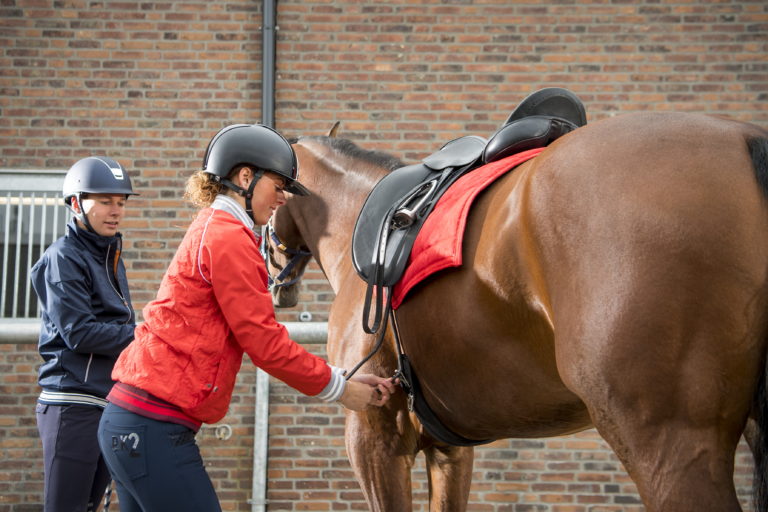Keeping grain safely secured is of the utmost importance to horse owners for a number of reasons.
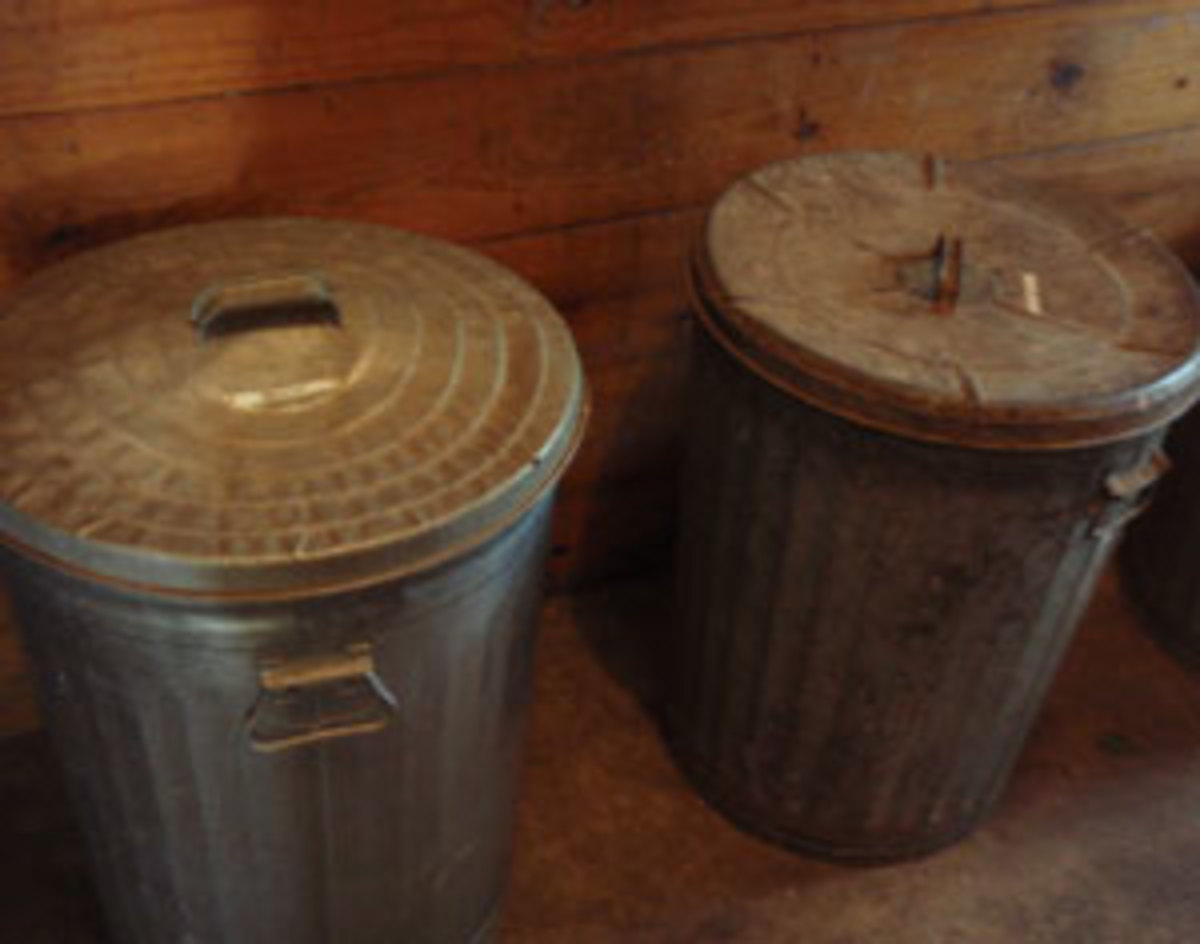
Probably the most important reason is the horses themselves. We sometimes hear of horses who have “broken into” the feed room and gorged on grain, to the point of colic, or even laminitis. Horses aren’t known for their self-control when faced with unlimited sweet feed!
Another reason is that, given half a chance, the local rat population will treat your feed room as their own personal buffet. These pesky vermin can nibble through wood, plastic and other materials to get at your precious grain. Not only does it waste your money, but there’s also the risk of the spread of disease.
So, how do you protect your feed from four-legged foragers, large and small?
First, set aside a separate area for your feed storage. This area can be a stand-alone building, or can be attached to, or even in, the barn, just as long as it can be made secure.
A door-latch that foils mobile equine lips is a must. You may need to padlock the door if you have a real “Houdini” in the barn. You know the type — the one that spends hours playing with the latch on his stall door until he figures out how to open it and take himself for a walk, straight for the feed room.
If you can’t set aside a secure area for the feed, you’ll need to take steps to secure the individual feed containers.
There are a variety of purpose built, lidded metal feed containers, many with partitions inside so you can keep your oats separate from your sweet feed, etc. available at farm and ranch stores, as well as online stores.
One barn I boarded at kept feed in an old chest freezer. The original lock had been removed, so there was no chance of a child crawling in and getting stuck in there and, of course, the electric cord had been removed. Safety latches were added to keep horses out. This worked very well at both keeping the food fresh and deterring rats and other vermin.
Another popular storage option is the common trash can. These work great, but I learned the hard way that plastic trash cans, no matter how durable they are supposed to be, do not stand up to the determined nibbling of a bunch of rats.
I wouldn’t recommend those huge garbage “toters” on wheels, simply because they are made of plastic. New metal trash cans are the way to go if you choose this option.
The lids can be made secure by using a bungie cord, hooking it to the handle on one side, through the lid of the handle and attaching to the handle on the other side.
Keeping the feed area swept clean at all times will make it less appealing to rats and other vermin. Unopened bags of feed can be stored on pallets, to keep them off the damp ground and allow air to circulate. Having them raised off the ground will also allow you to quickly see any tell-tale little piles of grain on the floor, alerting you to the fact that rats have breached your defenses.


